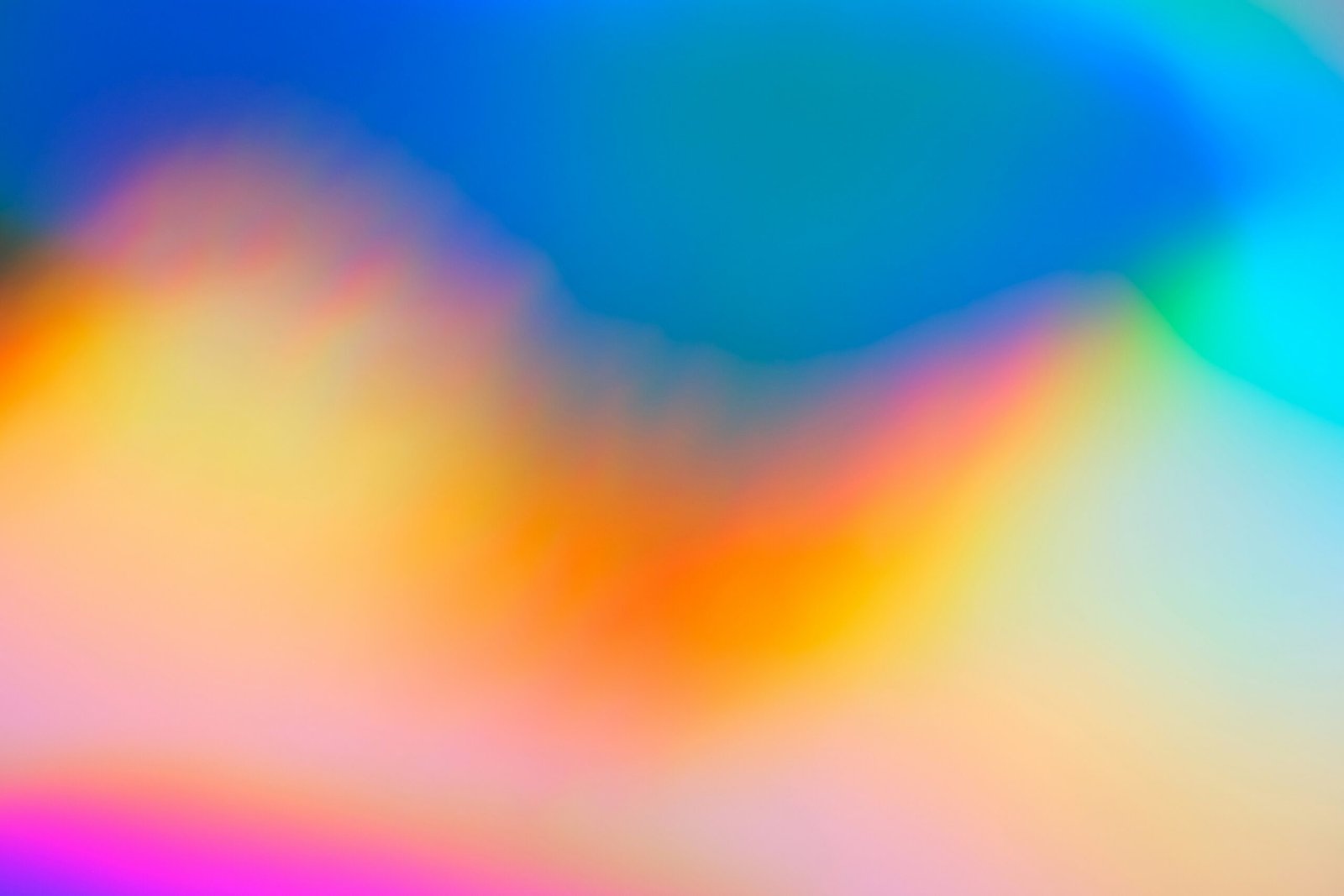Understanding Color Psychology
Color psychology is the study of how colors influence emotions and behaviors, significantly impacting human perceptions and interpretations. Every color evokes specific feelings and associations, forming a foundation for understanding their role in fashion. For instance, red often symbolizes passion and energy, making it a common choice for those wishing to assert confidence. This intense color can stimulate excitement and elevate the heart rate, thereby driving attention and enthusiasm in various social interactions.
Blue, in contrast, evokes a sense of calmness and tranquility, often associated with trust and stability. It is frequently utilized in professional attire, as it can instill a sense of authority while promoting a serene presence. Choosing to wear blue can convey reliability, making it an excellent option for business and formal occasions, where first impressions play a crucial role.
Yellow, representing happiness and optimism, promotes feelings of joy and enthusiasm. It is a vibrant color that can uplift the mood; however, excessive use may lead to feelings of frustration or agitation. Therefore, incorporating yellow in small doses, such as accessories or statement pieces, can enhance one’s ensemble without overwhelming the observer. On the other hand, green is often associated with nature, balance, and growth. It carries a calming effect and can symbolize freshness, making it a versatile option for various styles, whether casual or sophisticated.
Understanding these psychological effects is essential in the realm of fashion. Color choices extend beyond aesthetics; they influence how individuals perceive themselves and how others perceive them. The right color can enhance one’s mood and convey the desired personality traits in social settings. Recognizing the impact of colors on emotions and behaviors significantly aids in making informed fashion choices that reflect personal style while resonating with the intended message.
Color Theory in Fashion Design
Color theory is a fundamental aspect of fashion design that plays a pivotal role in creating visually appealing outfits. Central to this concept is the color wheel, a circular diagram that organizes hues in a way that highlights their relationships. The color wheel divides colors into primary, secondary, and tertiary categories, forming the basis for understanding how different colors interact with one another. Fashion designers and stylists utilize this tool to curate color palettes that enhance their work and resonate with their audience.
One of the core principles of color theory in fashion is the concept of color harmonies. Complementary colors, which are located directly opposite each other on the color wheel, provide a striking visual contrast when paired together. This technique can create dynamic and eye-catching outfits when used thoughtfully. Conversely, analogous colors, which reside next to each other on the wheel, lend a sense of harmony and cohesiveness to fashion ensembles, making them appear more refined and sophisticated.
Balance and contrast are also essential elements in clothing combinations. Achieving balance may involve mixing lighter and darker shades or using various tones from the same color group to make an outfit more visually interesting. In contrast, introducing vibrant accent colors can enliven more muted clothing pieces, resulting in a fresh and stylish appearance. Additionally, as trends evolve in the fashion industry, they often dictate popular color choices. Designers and brands frequently draw upon seasonal color forecasts, adapting their collections to align with shifting preferences and cultural influences.
Ultimately, understanding color theory not only aids in creating visually captivating styles but also allows individuals to express their personality and mood through their wardrobe selections. By incorporating these principles into everyday fashion choices, one can enhance their overall style and appearance.
Using Colors to Enhance Personal Style
In today’s dynamic fashion landscape, harnessing the power of color can significantly enhance personal style. Selecting colors that complement an individual’s skin tone, body type, and personal aesthetic is crucial for creating a cohesive wardrobe that exudes confidence and personal flair. One effective strategy is to identify one’s season in color theory—Winter, Spring, Summer, or Autumn—each corresponding to a specific palette that enhances natural beauty.
For those with warm undertones, earthy shades like terracotta, olive green, and warm yellows can create a radiant appearance. Conversely, cooler undertones often look best in jewel tones or icy pastels, such as sapphire, lavender, and emerald. Assessing which colors complement your unique complexion can guide wardrobe selections and ensure that outfits enhance rather than detract from your overall appearance.
Moreover, considering body type when integrating color into your wardrobe is essential. For instance, darker shades can create a slimming effect, making them ideal for bottoms like trousers or skirts. Using lighter, brighter hues can draw attention to specific features, such as a vibrant top paired with a neutral bottom. This intentional approach ensures that colors serve to enhance not only personal aesthetics but also overall confidence.
Additionally, strategic color pairings play a vital role in outfit cohesion. Neutral colors such as black, white, or beige work effectively as a backdrop for bolder colors, enabling the wearer to express personality without overwhelming the look. For instance, a bright red blazer can energize a simple white blouse and black trousers, effortlessly balancing boldness with sophistication.
Incorporating seasonal essentials, such as scarves, accessories, and shoes in carefully selected colors, can also revitalize an outfit. By consciously curating your wardrobe around these principles, you can effectively utilize colors to enhance your personal style, ultimately leading to a more confident presentation.
Colors and Their Cultural Significance
Color, while universally experienced, possesses unique meanings that can vary widely across different cultures and societies. Understanding these cultural significances is essential for individuals looking to enhance their style through color choice. For instance, in Western cultures, the color white is often associated with purity and innocence, making it a traditional color for weddings. Conversely, in many Eastern traditions, white symbolizes mourning and loss, illustrating how context shapes color perception. Such distinctions highlight the importance of considering cultural backgrounds when selecting colors for specific occasions.
Further, the color red often embodies a spectrum of meanings. In China, it symbolizes luck and prosperity, frequently appearing in celebratory contexts, such as weddings and festive events. In contrast, in some African cultures, red can signify danger or violence, which underscores the complexities of color interpretation. As individuals navigate their fashion choices, they should remain cognizant of the cultural implications attached to each color.
Moreover, certain colors may evoke emotional responses that are universally recognized, such as blue often conveying calmness and stability. However, the local significance of blue can alter its impact. In some Middle Eastern cultures, blue is used to ward off evil spirits, which adds another layer of depth to its use in fashion. With the progressive global landscape, it is imperative for fashion enthusiasts to embrace this diversity, recognizing that the richness of color extends beyond mere aesthetics. By doing so, individuals can enhance their personal style while respecting the varied meanings colors hold in different cultural lenses. This attentive approach not only elevates fashion choices but also fosters greater intercultural understanding and appreciation.



